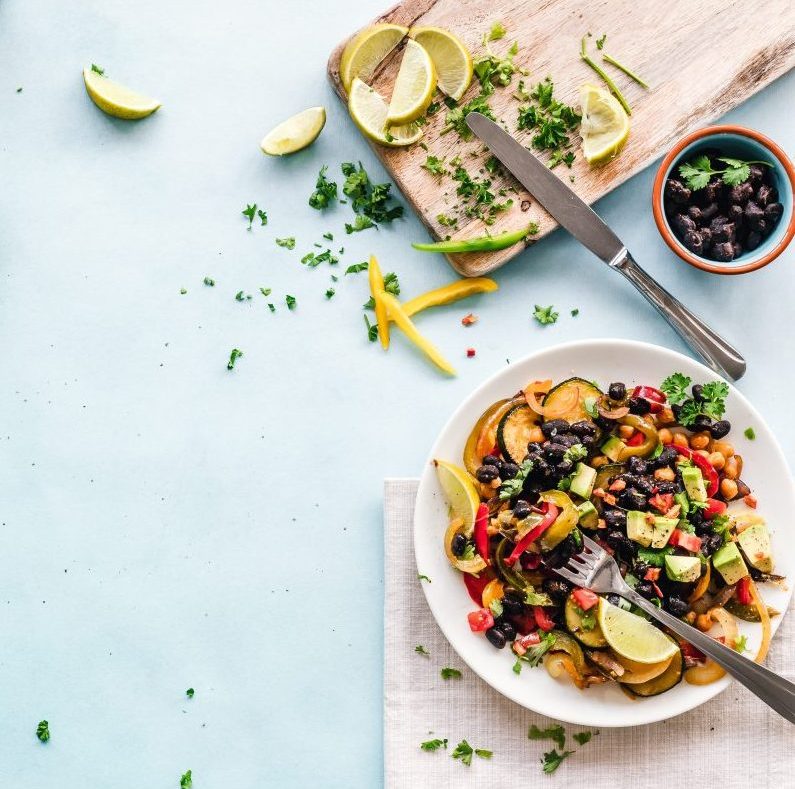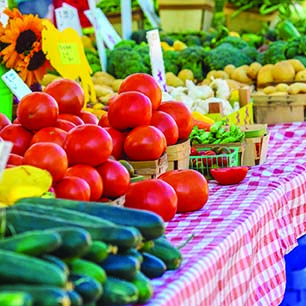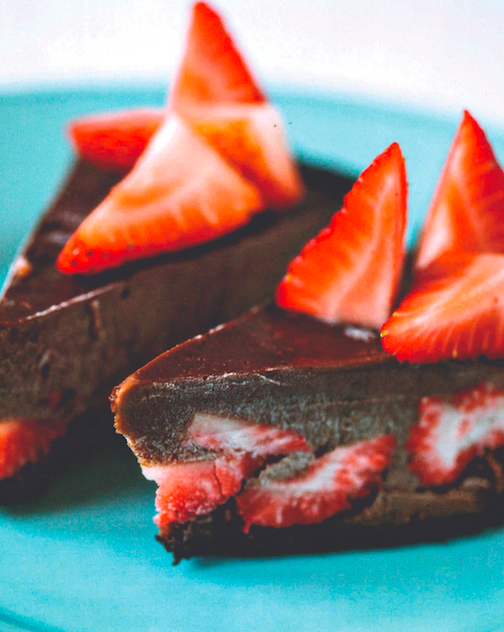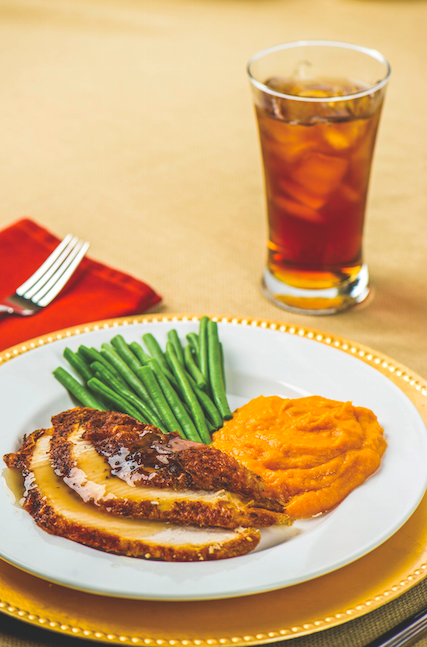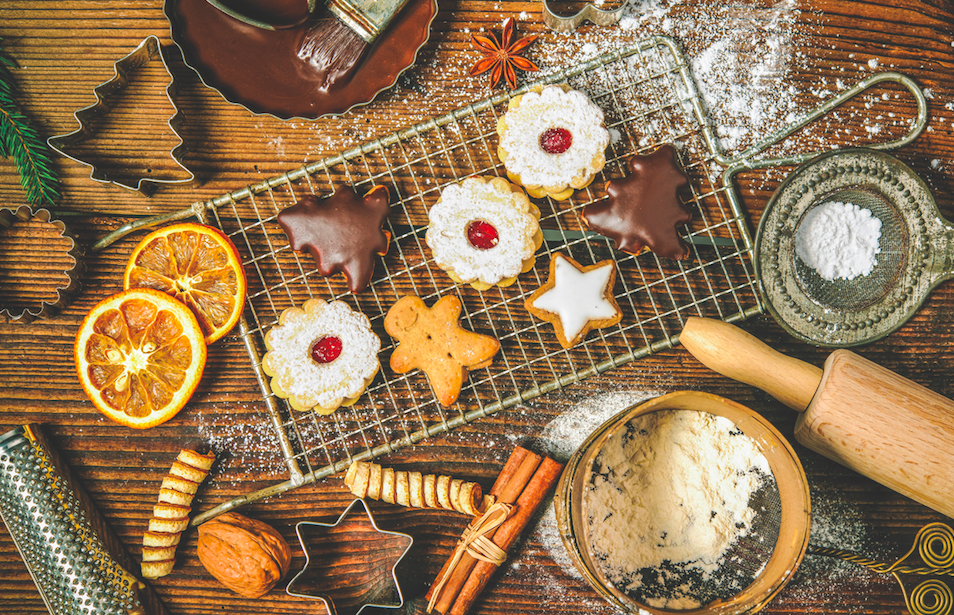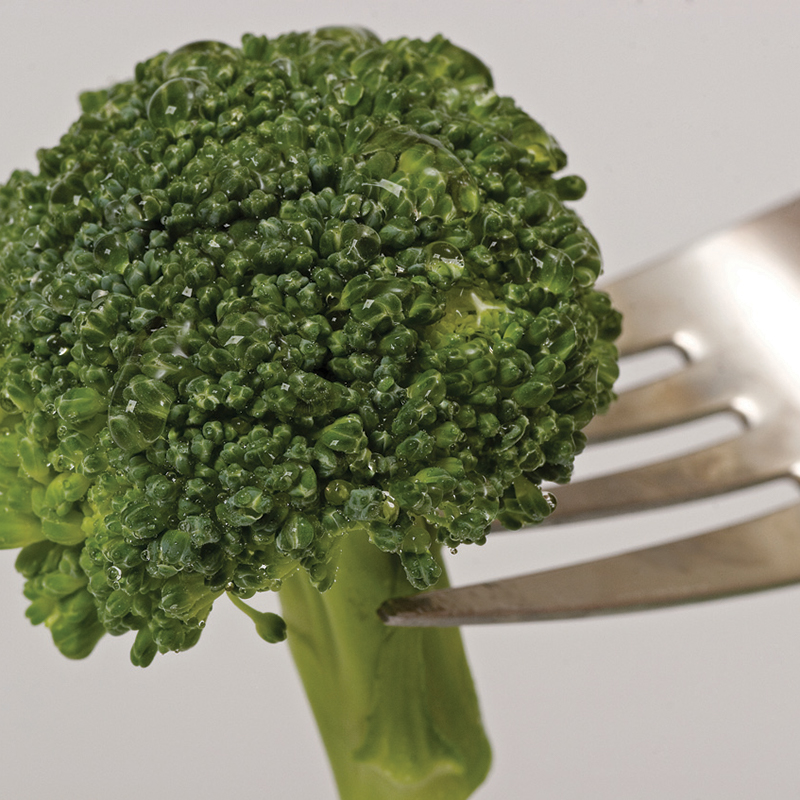The spread of COVID-19 has upended many people’s lives. As with other virulent health crises, the practice of social distancing has been recommended to flatten the curve of the COVID-19 outbreak. One way to socially distance oneself is to avoid unnecessary trips to places where the public may congregate, such as grocery stores. Some people visit supermarkets and other food stores every day, especially if they don’t meal plan or shop for the week. According to the Time Use Institute, the average shopping trip takes 41 minutes and people go food shopping an average of 1.5 times per week. Any additional time spent at the grocery store increase the likelihood of contact with others, potentially increasing shoppers’ risk of contracting coronavirus as well. Therefore, people taking steps to stay at home may have to rethink the way they purchase and use food.
Being more mindful of food waste and putting leftovers and ingredients to use in new ways can help stretch food further and reduce the need to make frequent trips to the grocery store. Consider these ideas to make use of leftovers:
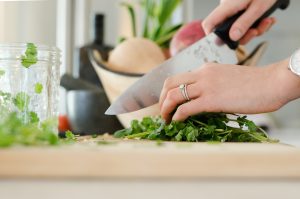
• Save those vegetables. It’s easy to scrape a half-portion of uneaten vegetables into the trash thinking it can’t be used. Instead, combine it with other vegetables accumulated throughout the week. Many play well together and can be mixed into casseroles, omelets, soups, and stir-fry recipes.
• Create new meals. Using leftovers does not mean eating the same exact meal a second time. Ingredients can be utilized in new ways. For example, a roast chicken can be broken down and the meat can be used for fajitas on another night. Leftover tomato sauce and meatballs from a Sunday dinner can be turned into an impromptu chili with the addition of beans and peppers.
• Think beyond dinner. Leftovers can be collected at any time of day and used later on. Cold cuts can be chopped and used to make a stromboli with some refrigerated pizza dough. Save Belgian waffles from breakfast and top with breaded chicken fingers for a delicious chicken-and-waffles meal for lunch or dinner. Leftover roasted potatoes and scraps of ham can be used in a breakfast hash.
• Stuck on starches. Turn extra rice from dinner into arancini (rice balls) for a snack on another day. A leftover sweet potato or two can be mixed with butternut squash to make a sweet and healthy mashed side dish. Mashed potatoes can be transformed into potato croquettes or potato pancakes.
Finding new ways to use leftovers means minimal waste and fewer trips to the supermarket.



